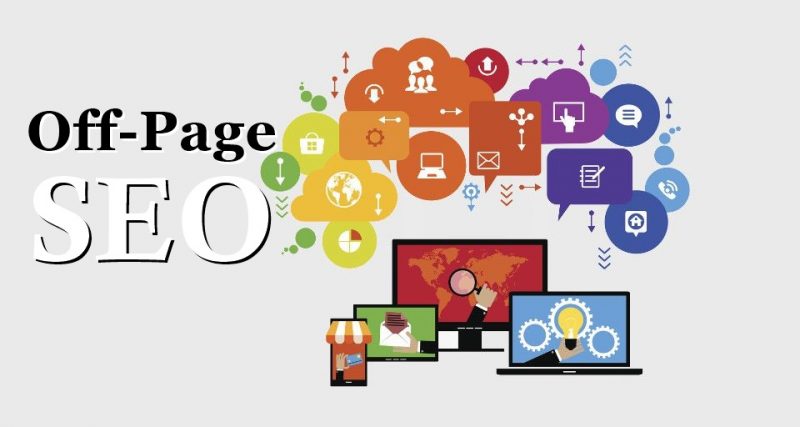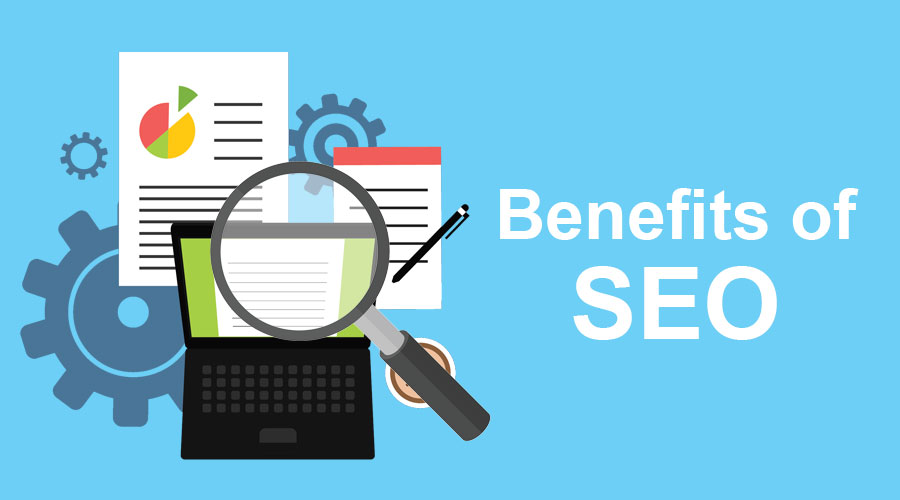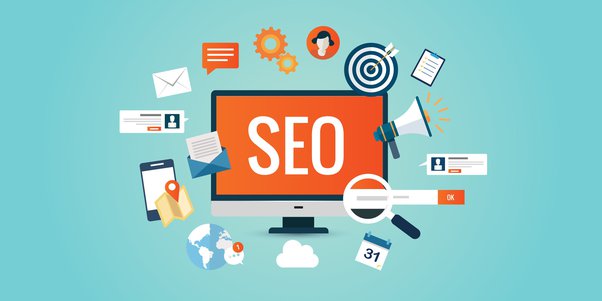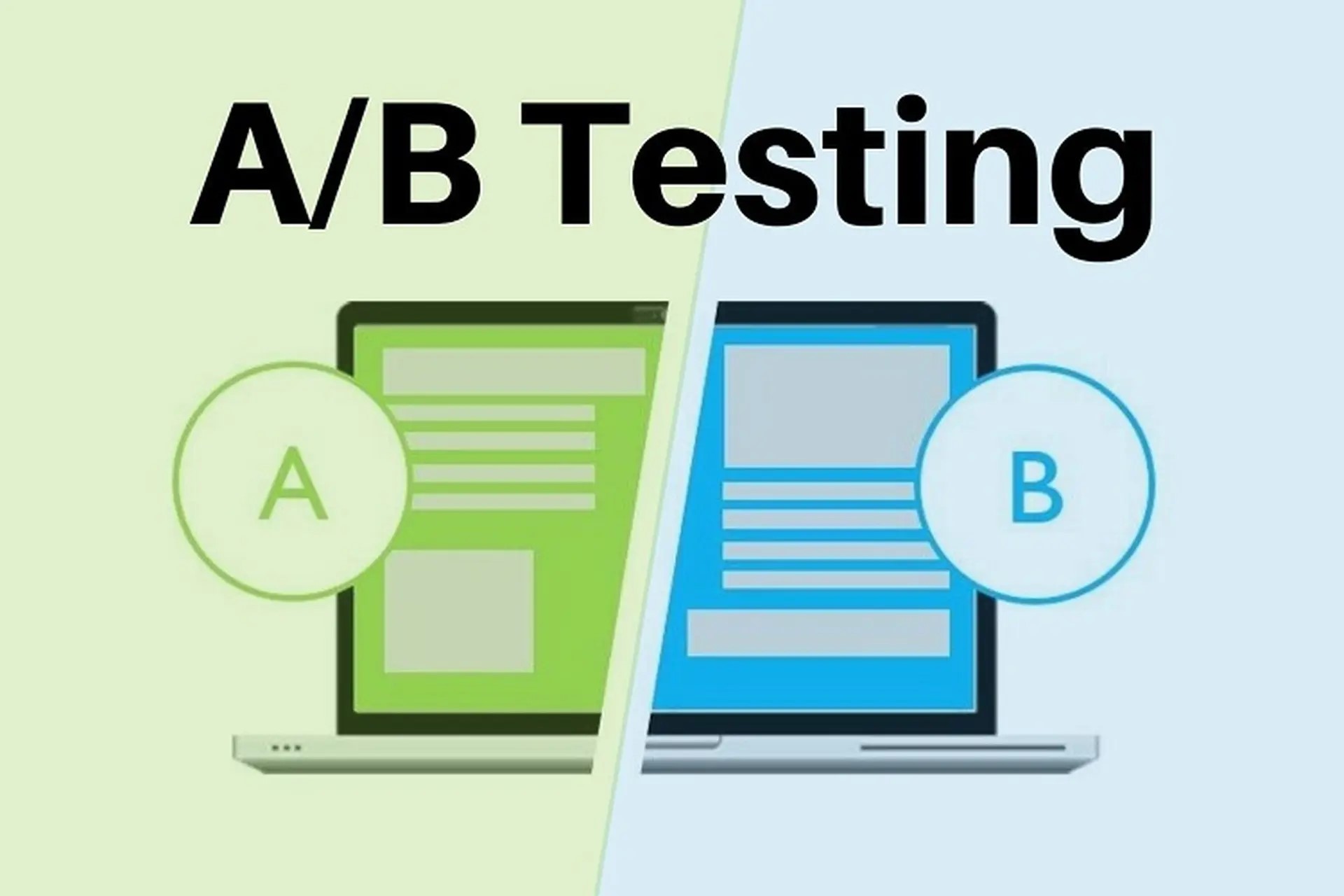What is SEO? Basic overview of SEO for beginners
.jpg)
SEO stands for (Search Engine Optimization) is the process of optimizing elements on a website to improve its ranking on search engine results. The goal of SEO is to increase the quantity and quality of traffic to a website from search engine results for free.
This article will provide an overview of search engine optimization (SEO) that is a necessary marketing tactic if you want your website to be found through search engines like Google.
1. What is SEO?
SEO stands for (Search Engine Optimization) is the process of optimizing elements on a website to improve its ranking on search engine results. The goal of SEO is to increase the quantity and quality of traffic to a website from search engine results for free.
SEO involves many techniques, including on-page optimization (such as content, title, and meta description optimization), off-page optimization (such as backlink building and engagement with social media), technical optimization (such as improving the speed of website and mobile, responsiveness) and keyword research.

2. How SEO works?
SEO (Search Engine Optimization) is the process of improving and optimizing many different elements on a web page in order to increase visibility and ranking on natural search results of search engines like Google, Bing , Yahoo, etc.
The SEO process includes activities such as:
- Keyword research: Find and select keywords related to the content on the website to optimize the website for those keywords.
- Analyze and enrich website content: Improve website content including creating new content and editing existing content to increase its relevance and quality.
- Onpage Optimization: Improve technical elements on the website including title tags, meta tags, URLs, images, sitemaps to ensure the website is highly appreciated by search engines.
- Link Building: Generate links to your website from other websites to increase its prominence and reliability with search engines.
- Monitoring and Evaluating: Track and evaluate the changes and effectiveness of your SEO campaign to optimize results and adapt to changes in search engine algorithms.
3. SEO classification: On-page SEO and off-page SEO
What is on-page SEO?

On-page SEO is the process of optimizing elements related to the content and HTML source code directly on a website to increase the usability and ranking of the website in the organic search results of search engines. To be specific:
- Keywords: Research and use keywords that match the website content to optimize the website for those keywords.
- Title tags and meta description: Update and use title tags and meta descriptions that accurately describe website content and keywords.
- URL structure: Improves URL structure to make it clear and easy to read as well as contains keywords.
- Content: Improve website content including writing new content and editing existing content to increase usability and quality.
- Header Tags: Use header tags to categorize and present web page content in a logical manner that is readable.
- Site Map: Create and update site maps to help search engines understand the site structure.
- Image optimization: Use smaller image formats and optimize specifications to reduce the time for loading pages.
- Page loading speed: Optimizing technical elements on the website to speed up page loading.
What is off-page SEO?

Off-page SEO is the process of optimizing factors that are outside the website to increase the authority and popularity of the website with search engines. Offsites factors include:
Link building: Create links to the website from other websites to increase the authority and popularity of the website.
- Social media marketing: Use social media channels to promote your brand and generate links to your website.
- Content marketing: Create valuable content to drive traffic and links to your website.
- Guest blogging: Write posts on other websites to popularize your brand and create links to the site.
- Influencer outreach: Partner with influencers to promote your products or services and increase credibility.
- Online reputation management: Manage and increase your brand's online reputation by dealing with negative information and creating positive content
4. Advantages and disadvantages of web SEO?
Advantages of web SEO:
Usability increase: SEO helps increase the usability and accessibility of your website and makes it easier for customers to find and access your website.
Traffic increase: SEO optimization helps increase website traffic from organic search results and from other websites.
Cost savings: SEO can save more costs compared to traditional forms of advertising such as advertising on television or in newspapers.
Long-term benefits: When SEO optimization is finished, good results can be kept for a long time, while other traditional advertising only has short-term benefits.
Credibility Growth: SEO optimized websites are generally considered as more trustworthy with users and search engines.
Disadvantages of web SEO:
Requires time and effort: SEO optimization is a long and labor-intensive process for keyword research, content writing and link building.
Difficult to achieve high rankings: Because there are many competing websites in the same field that have already achieved high rankings in the organic search results so they can be a challenge for new or small websites. .
Difficult to maintain rankings: Search engines' algorithms often change constantly, which requires SEO professionals to stay up-to-date on new trends to keep the site rankings high.
Difficult to control: SEO cannot control, for example: changes in search engine algorithms or other websites linking to your site.
5. Basic SEO process for a websites:
The SEO process includes several steps that can help optimize your website to rank higher in search engine results:
-
Conduct keyword research: Identify keywords and phrases that your target audience is more likely to use when searching for your product or service. Use keyword research tools to find the most relevant keywords for your business.
-
Optimize your website content: Create relevant, high-quality content for your website and optimize it for your target keywords. Make sure the pages on your site are well-structured and easy to navigate.
-
Optimize your site's meta tags: Meta tags are HTML tags that provide information about a web page to search engines. Optimize your site's meta tags including page title, description, and keywords.
-
Improve the user experience on your site: Make sure your site is easy to use and navigate. Also, your website needs to load quickly and is mobile-friendly.
-
Build High Quality Backlinks: Backlinks are links from other websites to your website. Building high-quality backlinks can help increase your site's authority and visibility in search engine results.
-
Use social media: Social media can help drive traffic to your website and increase brand awareness. You can create good profiles on social media platforms relevant to your business and share your content with your followers.
-
Track and Analyze Your Website Performance: Use tools like Google Analytics to track your site's performance and identify aspects that need to be improved.







